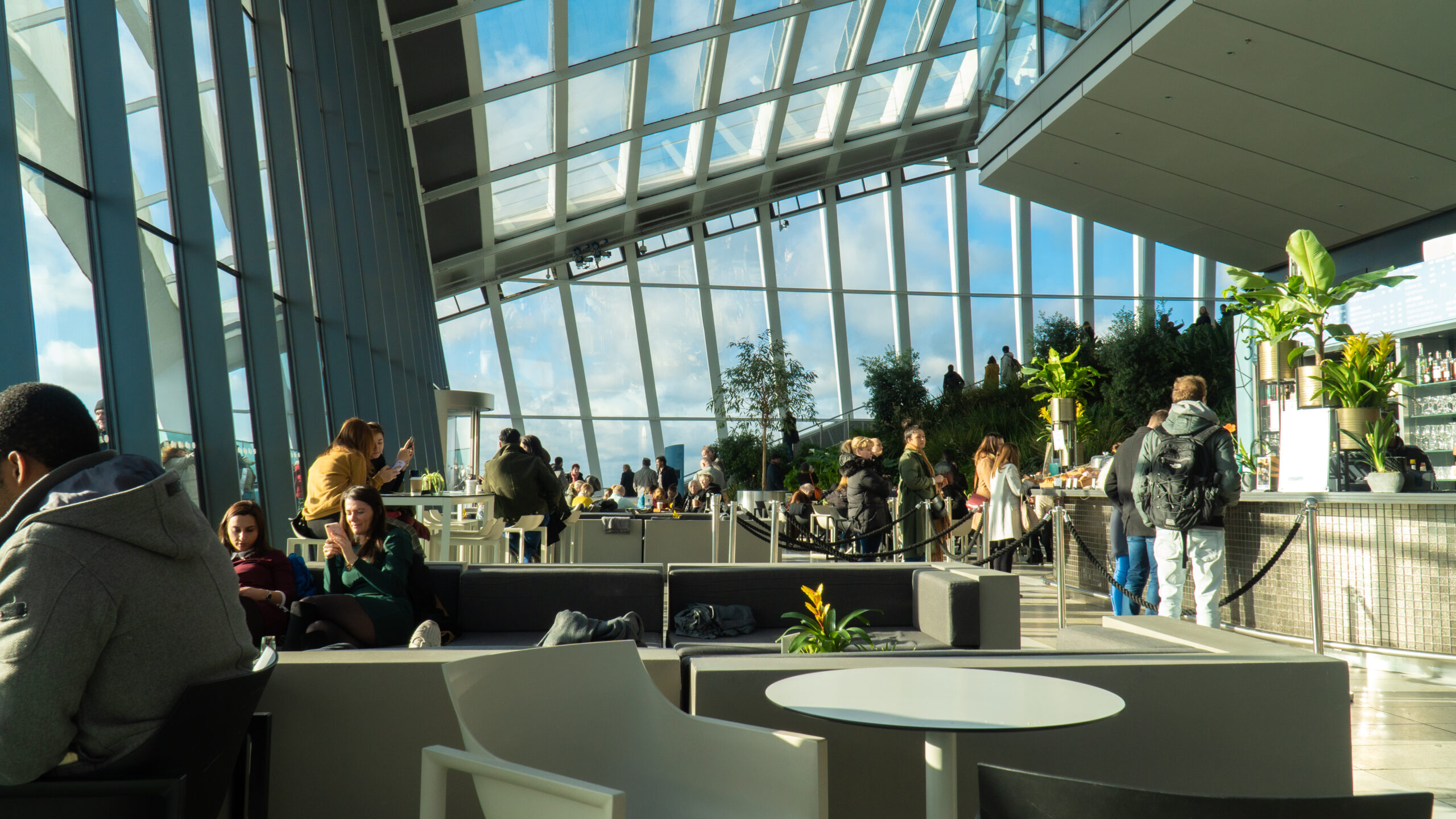A Look Back at Where It All Began
When I opened The Sheik Restaurant in West Bloomfield, Michigan in the 1990s, I had no idea where the journey would take me. Back then, my focus was on delivering good food, warm hospitality, and creating a space that reminded people of home—especially those who, like me, came from far away. I didn’t know that a few years later, I’d be serving food in a completely different environment: airports. The transition from street-side dining to airport food operations wasn’t just a change of scenery—it was an evolution that taught me countless lessons about business, people, and adaptability.
Understanding the Heart of Hospitality
Running a neighborhood restaurant teaches you the core of hospitality. It’s personal. You know your customers by name, you remember their favorite dishes, and you often share stories and laughter across the counter. That kind of connection builds loyalty and keeps your business alive.
I brought those lessons with me when I entered the airport dining industry. Even though airport restaurants cater to thousands of travelers a day—most of whom you may never see again—the principle stays the same: make them feel welcome. Whether someone is grabbing a quick bite before a flight or sitting down during a long layover, they deserve to feel cared for. That attitude has guided my approach in every setting.
Learning to Adapt and Scale
The biggest shift in moving from a single-location restaurant to airport food operations was learning how to scale. In my restaurant, I could oversee everything personally—from the food prep to the customer service. But in an airport environment, things move fast, the volume is high, and systems must be efficient.
I had to develop new strategies for training staff, managing inventory, and maintaining consistency across locations. Standardization became key—ensuring that no matter what time of day or which terminal the customer visited, they’d receive the same quality experience. It wasn’t always easy, but it pushed me to become more strategic and to trust the systems I built.
Embracing Innovation in a Fast-Paced World
Airports are unlike any other business setting. The stakes are higher, the pace is faster, and the expectations are constantly changing. Travelers are in a hurry, flights are delayed, and people are often stressed. Food service in this environment requires both speed and precision.
One thing I’ve learned is the importance of innovation. From digital ordering systems to streamlined kitchen operations, the ability to integrate new technologies has been crucial. We needed to adapt to the needs of modern travelers while still preserving the human touch that makes dining enjoyable. It’s a delicate balance, but one worth pursuing.
Meeting the Challenge of High Expectations
In the street-side restaurant, a late dish might get you a raised eyebrow. In an airport, a delay could cause someone to miss their flight. The pressure to perform well under tight timelines forced me and my teams to operate at the highest level of efficiency. It also meant paying attention to details—ensuring cleanliness, professionalism, and speed at all times.
What kept us going was the mission behind it. We weren’t just feeding people—we were giving them a moment of comfort, a taste of something familiar, or maybe even something exciting before they embarked on their next journey. That purpose gave us energy, even on the hardest days.
The People Behind the Scenes
No matter where a restaurant is located, success always comes down to the people behind it. One of the biggest lessons I’ve carried with me is the importance of building strong teams. In the airport environment, you need staff who are not only skilled but also flexible, quick thinkers, and capable of handling a high-pressure environment.
I’ve always believed in empowering employees, offering training, and recognizing their efforts. When your team feels appreciated, they pass that positive energy on to the customer. That’s something that stays true whether you’re serving food on a quiet suburban street or in the hustle and bustle of an international terminal.
Looking at the Big Picture
Over the past two decades, I’ve seen the food industry evolve in many ways. Consumer tastes have changed, technology has advanced, and expectations have risen. But the core principles—quality, consistency, hospitality—remain the same.
Transitioning from a single restaurant to operating in major airports gave me a broader perspective. It taught me to think big, plan carefully, and never lose sight of the customer experience. It also reminded me that evolution is a necessary part of success. You have to be willing to grow, to change, and to step into the unknown.
Full Circle
Sometimes I look back at those early days at The Sheik and smile. The aroma of spices in the kitchen, the laughter of loyal customers, the thrill of a packed dining room on a Friday night—it was special. And though I operate on a much larger scale now, I still carry those moments with me.
They remind me of why I started and why I continue. Because at the heart of it all—whether on the street corner or in a busy terminal—is a desire to serve, to connect, and to create something meaningful.
That’s the journey from street-side to airport dining. And it’s one I’m proud to have taken.
